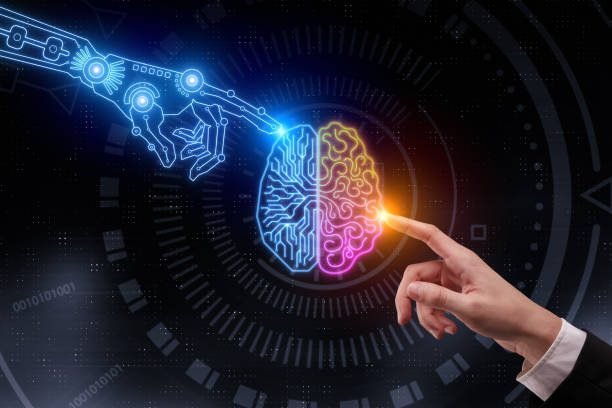In just a few months, the COVID-19 pandemic has managed to do what normal times would have taken years to achieve – a paradigm shift in the way companies in every industry and sector do business. Artificial intelligence and machine learning have been at the forefront during these challenging times.
As the world gradually finds its way back to usual ways of life, it is interesting to see how the global crisis has paved the way for behavioral shifts, learning, and innovation.
AI and ML in the Post-Covid-19 World
With the acceleration of digitization through Artificial Intelligence (AI) and Machine Learning (ML), digital sales have seen a boost, and businesses have focused their tech investments on cloud-based products and services. From online grocery stores and EdTech sites to online pharmacies and OTT players, the post-COVID-19 world looks very different through the AI and ML lens.
So, here are some examples to show how AI and ML technologies have gained momentum post-COVID-19:
- AI and ML have been impacting the healthcare industry since long before the pandemic hit. AI algorithms have and continue to help in quickly sifting through large datasets to help identify similar diseases and their possible cures to accelerate the COVID-19 research work.
- AI and automation technology have also eased the healthcare sector’s administrative load by automating various processes. For example, data processing algorithms to extract data from internal systems and automatically generate medical reports and necessary audit trails have gained momentum post-pandemic.
- Also, advancements in ML will continue to help create new revenue streams. For example, scientists, drug researchers, and pharma companies are increasingly turning to AI and ML data processing algorithms to facilitate vaccine and drug discovery and their possible impacts on people.
- Lockdowns and social distancing norms have boosted online markets and the digital economy. However, even when the pandemic is gradually ebbing, customers are expected to continue using doorstep services as they did during the peak crisis. Hence, technologies like Augmented Reality (AR) and Virtual Reality (VR) have increased among eCommerce platforms to deliver a better customer experience.
- Talking about customer experience, the online retail industry has ramped up its use of AI chatbots and smart assistants to attend to the ever-increasing numbers of digital customers. Hence, the use of AI has helped streamline digital services, online ordering, and delivery systems.
- The pandemic has given rise to a digital workforce. To this end, the use of AI to quickly process applications, scan for eligibility and qualifications and perform other mandatory hiring checks has become the norm and is only expected to increase in the near future.
- The financial sector has also seen a dramatic rise in the use of AI and automation to serve its customers better and quicker during challenging times. For instance, banks leverage AI to help customers safely upload documents, categorize them and expedite processes without any delay.
- Lastly, greater digitization has also increased the risks of cybersecurity threats during the pandemic. While conventional cybersecurity risk management systems have failed to keep up with evolving cyber threats, AI offers innovative defenses. The pandemic has only nudged organizations to adopt holistic approaches to cybersecurity through AI and ML and create an integrated security system.
How to Find the Best Artificial Intelligence Course?
If you want to learn AI and get a certification in AI and ML, opting for an online course can be the best call. But before you sign up for the course, ensure that it offers hands-on experience with real-world projects and has a curriculum with extensive coverage of concepts related to machine learning, NLP, deep learning, data science, and computer vision.

